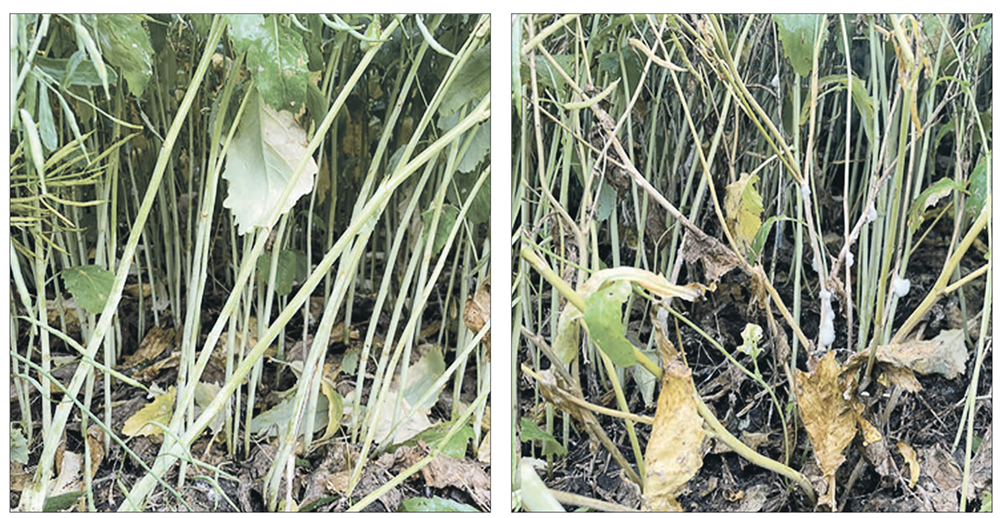Established fungicides combine to boost canola yield, prevent resistance from developing in the oilseed crop
Canola and soybean growers have another option for the control of sclerotinia and white mould with the launch of Viatude for the 2023 growing season.
Viatude is a dual-modal product that combines a Group 3 and a Group 11.
Kirsten Ratzlaff, portfolio marketing manager for Corteva Agriscience, said Corteva has been testing Viatude for years, including a field scale trial program in Western Canada in 2022.
“Our 2022 field trials show that Viatude consistently outperforms those current standard fungicides on the market,” Ratzlaff said.
“Our data shows in 22, a 1.6-bushel-an-acre advantage over those current standards.”
Read Also

Equipment manufacturing may return to Canada
Some ag equipment and automotive manufacturers are now adjusting their production and distribution to avoid tariff costs in relation to supplying the Canadian market.
The group 11, onmira, is a strobilurin fungicide used for the control of foliar and soil-borne plant diseases.
Strobilurin fungicides have been widely used for decades.
“The value that (onmira) specifically provides is really about the movement properties for that one, Ratzlaff said.
“We get lots of really great systemic movement throughout the plant and ultimately more complete coverage and then protection.”
She said onmira is a common and significant active ingredient for Corteva and now it is available in combination with prothioconazole, a Group 11 active.
“It (prothioconazole) has been utilized in the sclerotinia market for some time, and it really has been a trusted active for sclerotinia protection,” Ratzlaff said.
“But Viatude is a unique combination, the only combination of those two actives.”
Ratzlaff said she is not aware of resistance developing for either active ingredient, but that using two modes of action will help prevent resistance to these chemistries from emerging.
“Whether it’s fungicide or herbicides, regardless of the category, anything that we can do to prevent any type of resistance and preserve what are really critical tools in our toolkit I think is really important,” Ratzlaff said.
Sclerotinia is aggressive when conditions favour it and a preventive fungicide application can make a significant difference.
“That window of application is recommended by the Canola Council at 20 to 50 percent bloom. But really, it’s that 20 to 30 percent (bloom) would be what we would recommend to make sure you get ahead of sclerotinia,” Ratzlaff said.
She said as with other fungicides, growers should maintain a high-water volume when applying it to make sure they get adequate coverage of Viatude.
















